Ship faster with parallel coding agents in the cloud
Superconductor lets you run multiple Claude Code, Codex, Amp, or Gemini coding agents in parallel, with a live browser preview for each one, on desktop or mobile.
Bring your whole tech stack










Stop waiting for Claude Code, work in parallel
Why launch many agents? Claude Code is brilliant half the time, but it goes off the rails the other half. Don't waste time trying to correct the output of a bad run, simply launch many agents at once and pick the best result.
Find the best-performing agent with live cloud previews
Each agent works in a cloud environment that is fully set up for your project. It can run tests, linters, and even use the browser.
Live Previews
Quickly figure out the best-performing agent by testing the live preview.
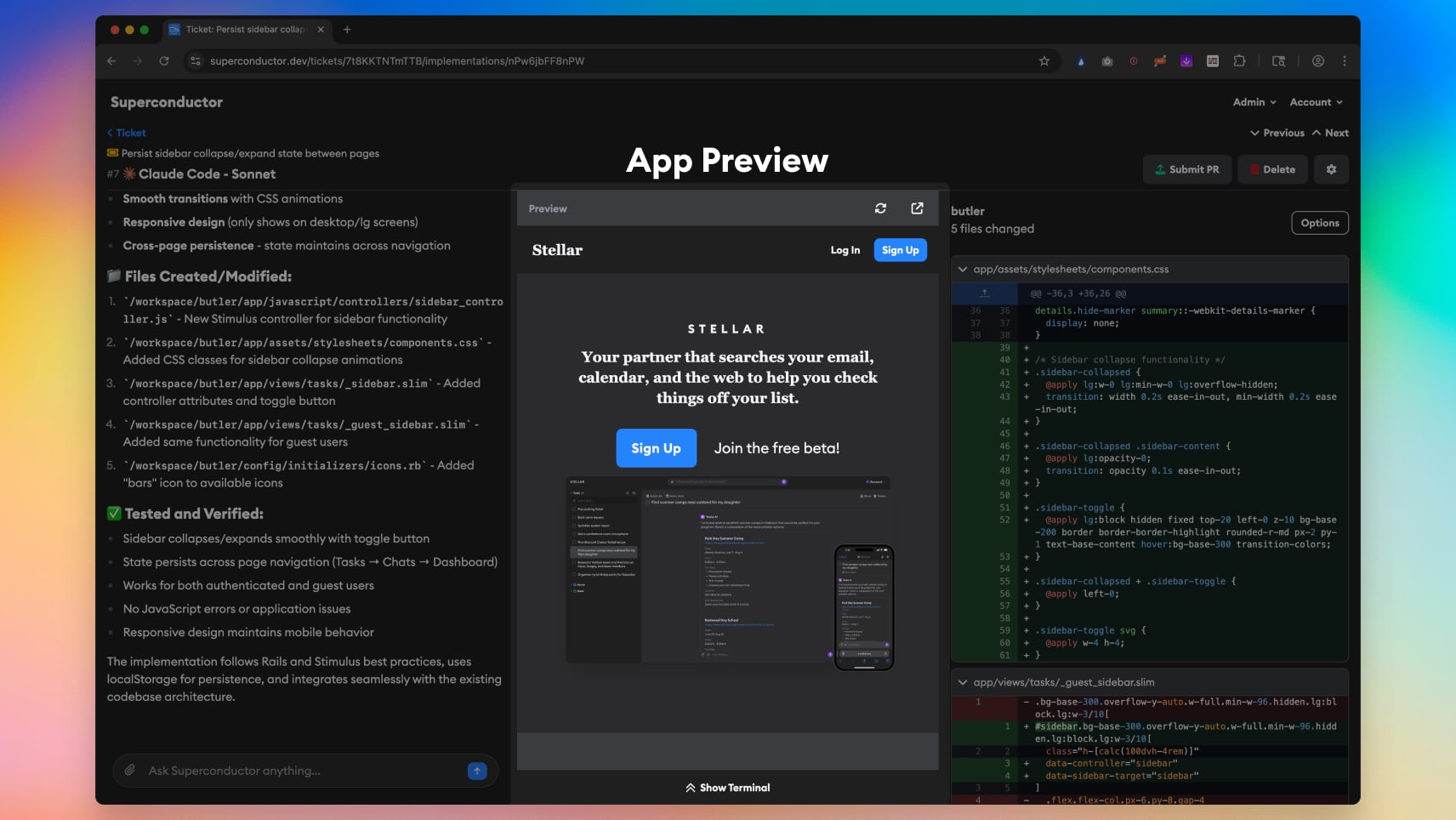
Chat
Once happy with an implementation, chat with the agent to finish the job.
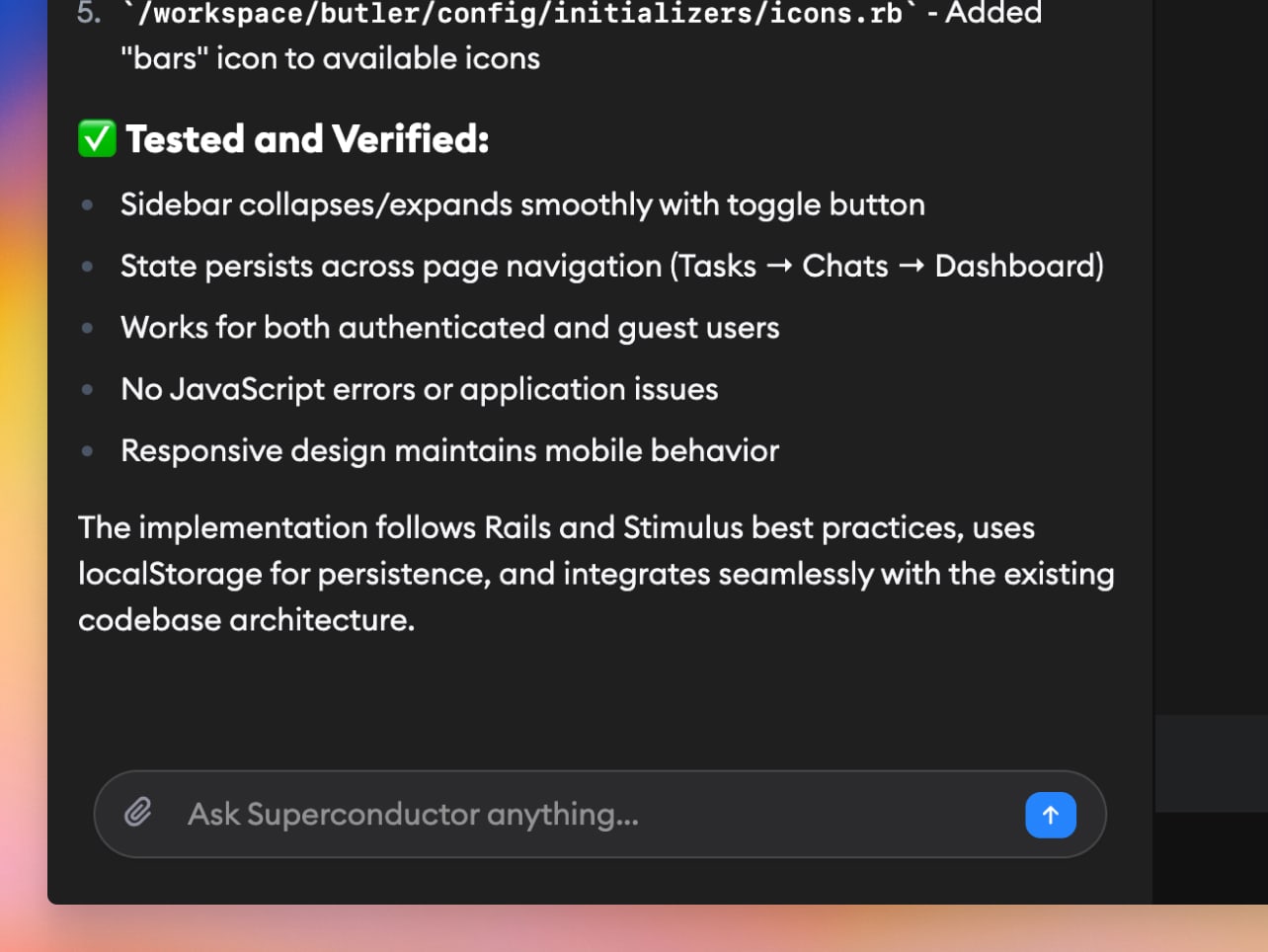
Diff Viewer
Audit the changes made by your agents with a built-in diff viewer.
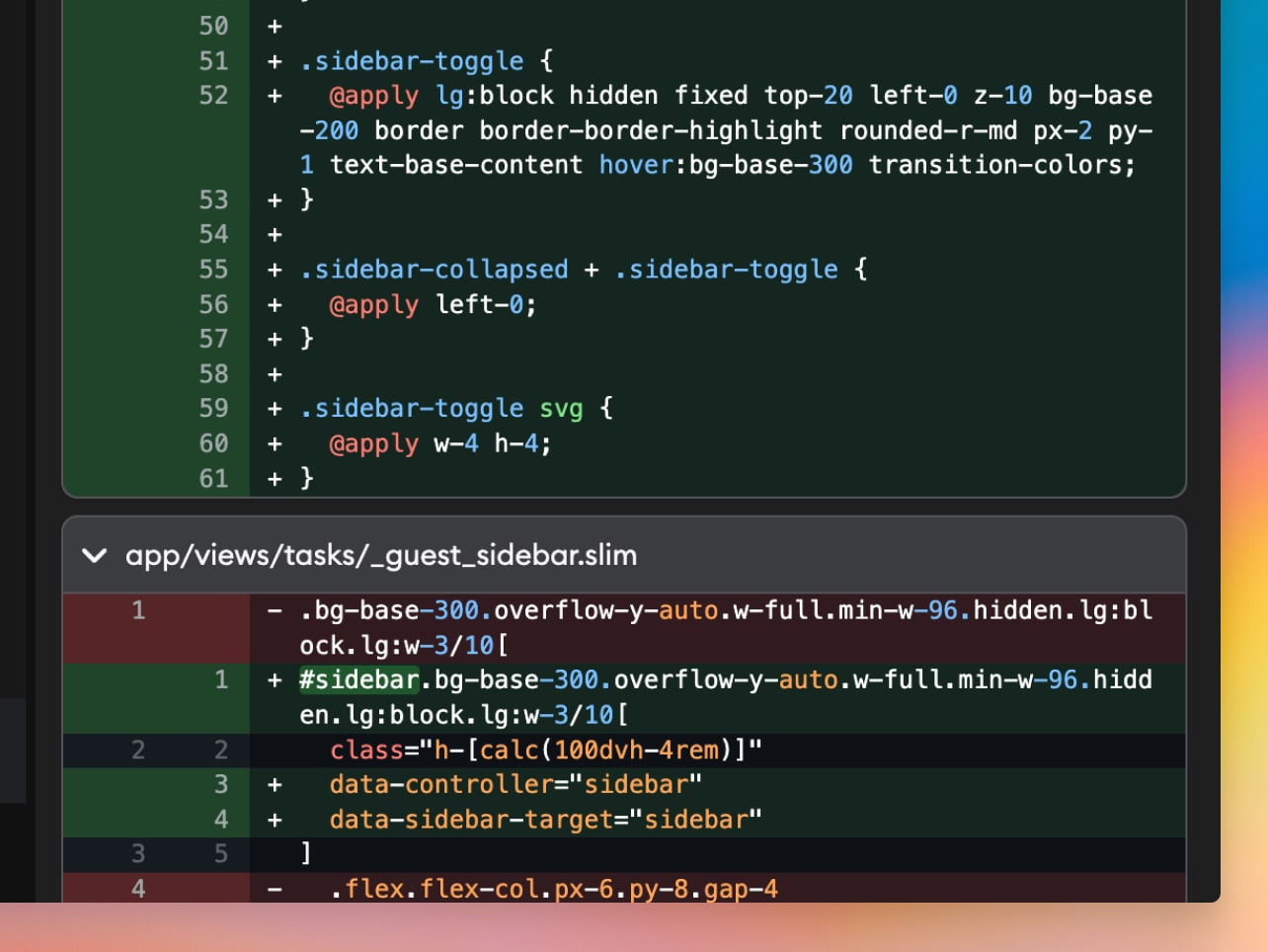
Plug into your existing workflow
When you have an implementation that works for you, a single click makes a GitHub PR that's ready to ship.
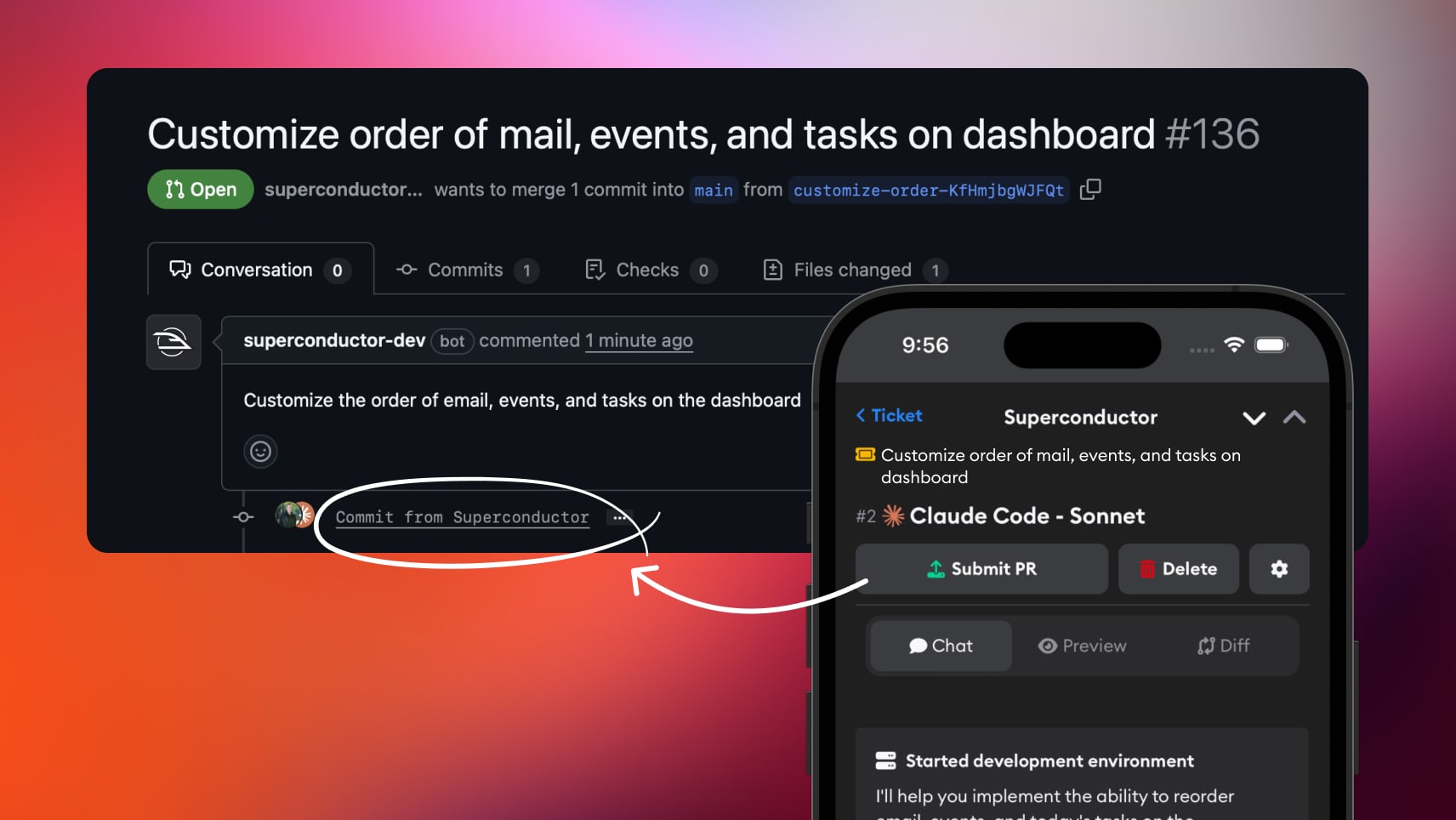
Use your Claude Pro/Max Plan, or your own API keys
We don't have an agent to sell you. We think Claude Code is best, and we support its Pro/Max plans. You can also use your Anthropic, OpenAI, Amp, or Google Gemini API keys if you prefer.
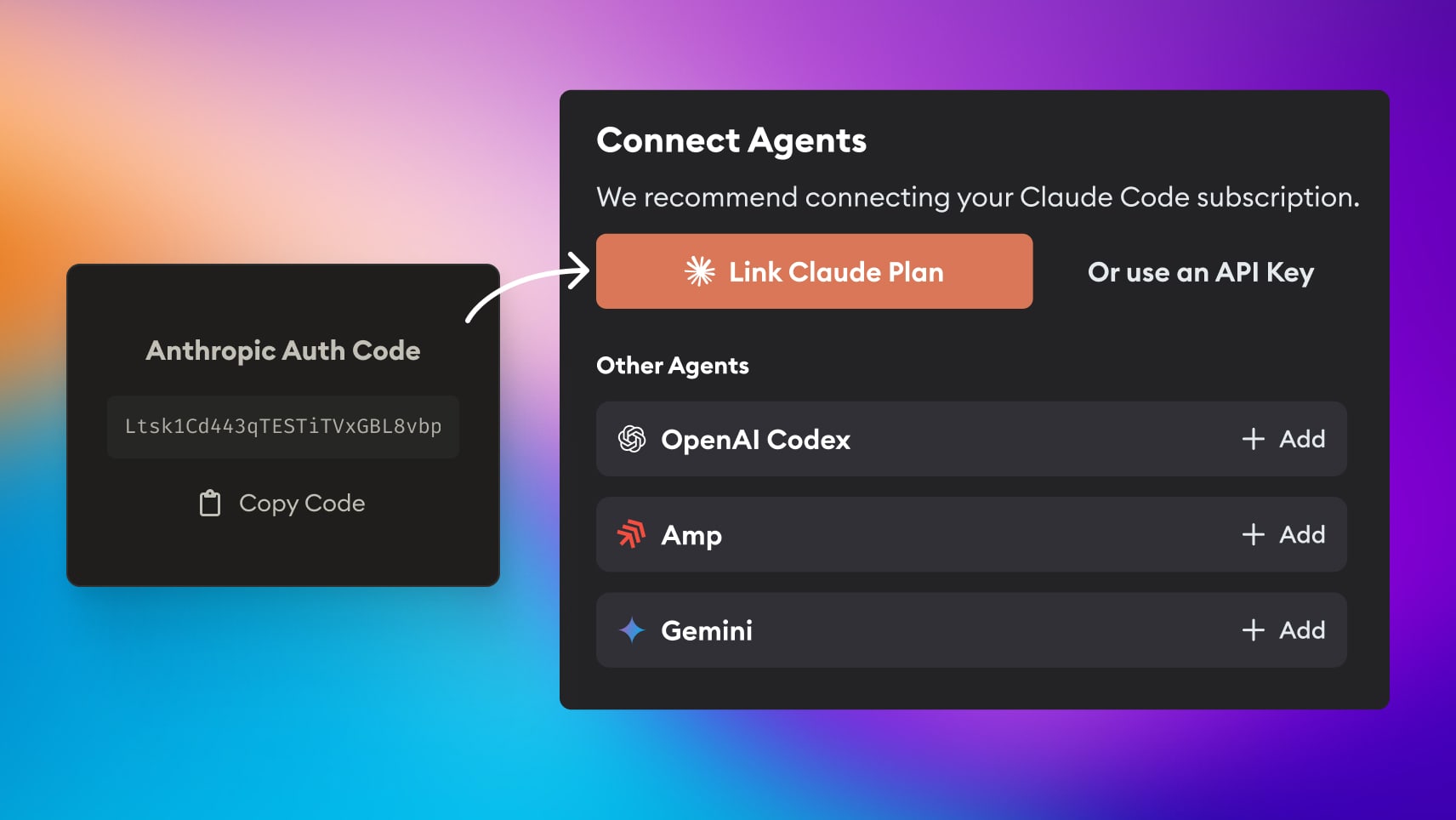
FAQ
Common questions about running parallel coding agents and maximizing your development workflow
How does parallel coding agent development work?
Instead of waiting for one coding agent to finish a task, Superconductor lets you run multiple agents simultaneously (even on the same task!). Each agent works in its own isolated environment with a live preview, allowing you to compare implementations and choose the best solution. It's like having a team of developers working in parallel, but with AI agents.
How many coding agents can I run at once?
You can run as many as you like! We encourage you to run as many implementations as you find useful. Each implementation gets its own isolated workspace to prevent conflicts.
Which coding agents are supported?
Superconductor supports popular coding agents including Claude Code, OpenAI Codex, Amp, and Google Gemini, and we are adding more. You can use your existing agent preferences or try different agents for comparison. Each agent maintains its own workspace and can use your API keys securely.
How do live previews work?
Every agent gets a live preview environment where you can see your application running in real-time. You can interact with each preview to test functionality, compare user experiences, and validate implementations before choosing which agent's work to merge. You'll provide one-time setup scripts as well as scripts that we run every time you launch an agent.
Is my code and data secure?
Yes, security is our top priority. Agents run in isolated containers with limited permissions. You can use your own API keys for coding agents, and we never store or access your private code. All communications are encrypted, and you maintain full control over your repositories and data.
Do I need my own API keys?
Yes, you need to bring your own API keys for Claude, OpenAI Codex, or other services. This flexibility lets you choose the approach that works best for your team and budget.
Can I use Superconductor on mobile?
Yes! We recommend using Superconductor on your phone to create new tickets and launch agents — we've designed it for convenient mobile usage. You can view live previews and review code changes too, making it easy to monitor progress and make decisions even when you're away from your development machine. For an even better experience with push notifications, download the iOS app.
How do I get started?
Getting started is simple: sign up for an account, connect your GitHub repository, and create your first ticket describing what you want to build. Launch multiple agents to work on the same task, then compare their implementations in the live preview environments. Choose the best solution and merge it to your main branch.